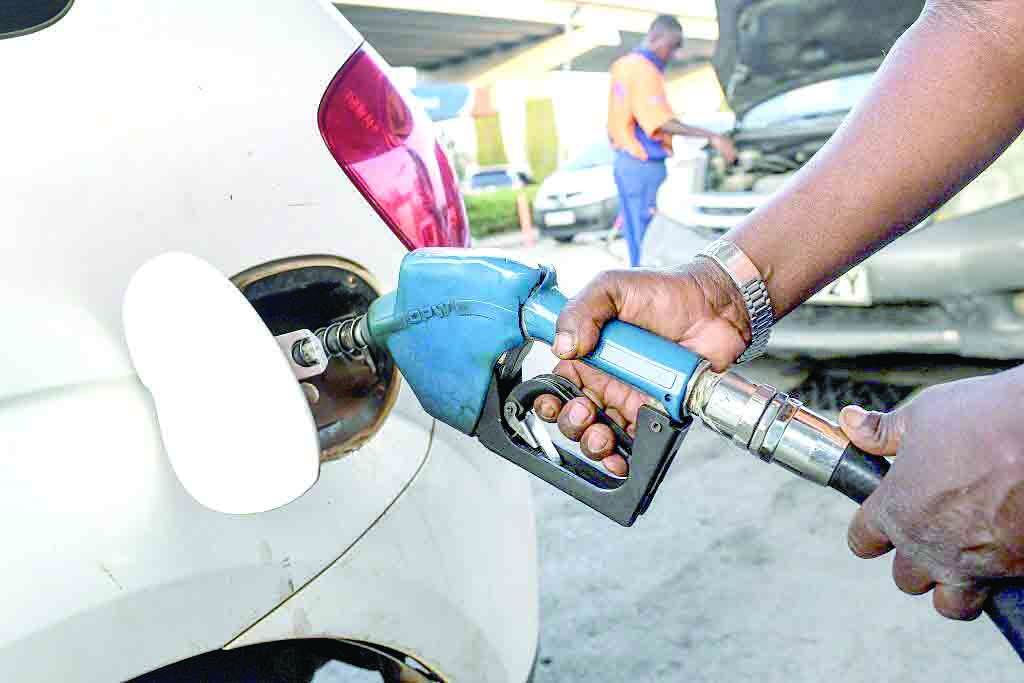Petrol usage in slight dip amid cross-subsidy plan

The volume of petrol used in Kenya slumped marginally by 21,947 tonnes or 1.1 per cent by the end of 2022 as more consumers opted for diesel-powered machines.
This was amid a surge in the prices of petrol that is partly linked to the withdrawal of subsidy when the new administration came into office towards the last quarter.
Data from the Petroleum Institute of East Africa (PIEA) shows that petrol consumption reached 2,048,201 tonnes by last December compared to the previous 2021 when the consumption slightly surpassed that level to 2,070,148 tonnes.
The 2022 figure is, however, a bounce back in regard to 2020 when petrol consumption was roughly 1.948 million tonnes on the back of the Covid-induced lockdown and restricted movement. Diesel consumption in 2022 however rose by 2 per cent to about 2.65 million tonnes.
Marginal drop
“Consumption of PMS and AGO however have remained constant with a marginal drop in volumes of PMS by 1 per cent and a growth in AGO of 2 per cent,” PIEA said in the latest State of the petroleum industry in Kenya.
During the same period, consumption of jet fuel witnessed the highest hike of 19 per cent on increased flights due to the recovery of the aviation industry and the political events in the race to the August House in 2022.
The decline in petrol consumption comes at a time when the government opted to cross-subsidise, favouring diesel users since the fourth quarter of 2022. Under the cross-subsidy plan, petrol users are being charged about Sh6.3 more to partly cater for the oil marketers’ margins compared to diesel users.
A litre of petrol is currently the most expensive at Sh179.30 per litre since mid-March, the highest in more than a decade. A litre of diesel and kerosene is now retailing at Sh162 and Sh145.94 in Nairobi respectively.
Kenya’s economy relies on diesel for transport, powering of farm machinery and fuel for electricity generation, with the costs often passed to end-users through adjustments of consumer goods.
The hiked demand for oil products in 2022 amid supply cuts due Russia-Ukraine war, left Kenya reeling under costly oil prices, with Murban crude oil increasing by an average of 35 per cent during the period.
When the new administration assumed office last September, President William Ruto scrapped the fuel subsidy programme and introduced the cross-subsidy to reduce the huge financial burden on the National Treasury.
Rising inflation
The fuel subsidy was among the key initiative by ex-president Uhuru Kenyatta’s regime to cushion Kenyans against the otherwise high energy prices and rising inflation.
Ruto has, however, maintained that his administration will let the energy prices be dictated by market forces.
Kenya Kwanza recently altered oil importation processes by inking a government-to-government (G-to-G) arrangement with the United Arab Emirates (UAE) to ensure constant supply and cut pressure on the country’s declining foreign exchange (FX) reserves.












